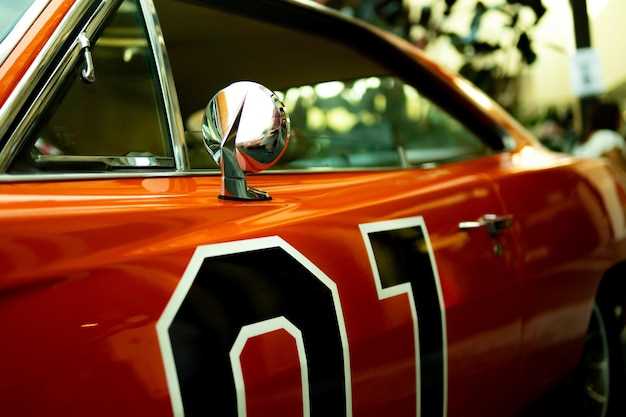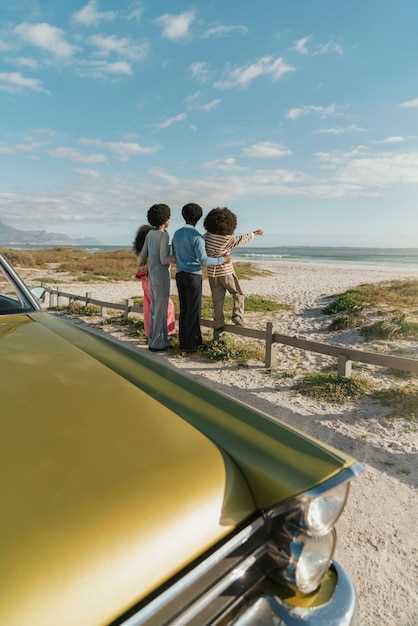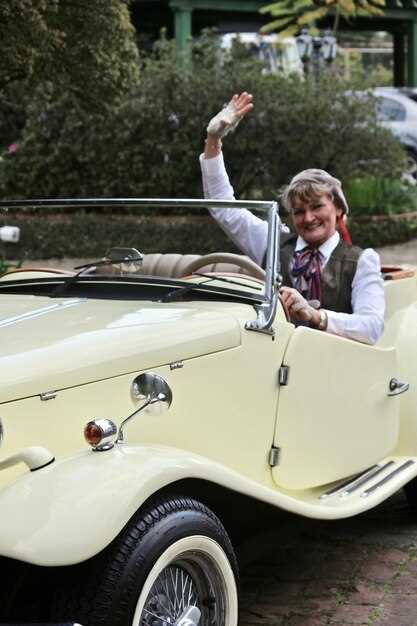
Organizing a classic car rally can be an exciting venture for any automotive club. It not only brings together enthusiasts who share a passion for vintage vehicles but also creates a memorable event that fuels camaraderie among participants. However, successfully hosting such an event requires careful planning and attention to detail to ensure everything runs smoothly.
First and foremost, selecting the right location is crucial for a successful rally. The chosen venue should accommodate the size of the event while providing ample space for parking, showcasing the classic cars, and facilitating social interaction. Consideration should also be given to the surrounding roads and routes that participants will take, as a scenic drive contributes significantly to the overall experience of the rally.
Creating a comprehensive itinerary for the event is another essential aspect. This includes scheduling activities such as timed runs, scenic stops, and opportunities for participants to showcase their vehicles. Incorporating engaging elements, such as contests or awards for various categories, can further enhance the event’s appeal and encourage active participation from the club members.
Lastly, effective communication with participants before and during the rally is paramount. Provide clear instructions regarding registration, safety guidelines, and potential weather contingencies. Regular updates and reminders will help ensure everyone feels informed and excited in the lead-up to the big day.
Selecting the Right Location for Your Rally

Choosing the perfect location for your classic car rally is a critical step that can influence the overall success of the event. The site should provide ample space for vehicles to park, display, and allow participants to engage comfortably. Look for locations with scenic backdrops that can enhance the aesthetic appeal of the rally, making it more attractive for both participants and spectators.
Accessibility is another key factor. Ensure that the chosen venue is easy to reach, with good road connections and sufficient accommodation options nearby. This is especially important for club members traveling from distant locations who may require overnight stays. Consider also the availability of amenities such as restrooms, food vendors, and shade, which can significantly enhance the experience for everyone involved.
Safety should not be overlooked. Verify that the location has adequate emergency access and that it is safe for both vehicles and attendees. If the event involves driving activities, ensure highways or routes used have low traffic levels and offer picturesque views, which can add to the enjoyment of participants.
Investigate local regulations and obtain necessary permits to avoid any interruptions during the rally. Some areas may have restrictions on noise or vehicle display which could impact your plans. Establishing a good working relationship with local authorities can also be beneficial for future events organized by your club.
Finally, consider hosting the rally in a location that has historical significance or a connection to classic cars. This can enrich the overall experience and attract more visitors, thereby ensuring your event is memorable for all who attend.
Creating a Comprehensive Itinerary for Participants
When organizing a classic car rally, a well-structured itinerary is essential for enhancing the participant experience. A comprehensive itinerary not only guides the participants but also ensures that the event runs smoothly. Here are key components to include:
- Event Schedule:
- Start and end times for each day of the rally.
- Duration of each segment, including breaks and meals.
- Locations for all activities and checkpoints.
- Route Information:
- Detailed maps with highlighted routes.
- Alternative routes in case of road closures.
- Points of interest along the route, such as scenic stops or local attractions.
- Club Activities:
- Meet-and-greet sessions with other classic car enthusiasts.
- Workshops or presentations on car maintenance and restoration.
- Group photo opportunities with participants and their vehicles.
- Safety and Regulations:
- Safety guidelines for participating in the rally.
- Regulations from local authorities regarding road use.
- Instructions on handling emergencies or breakdowns.
- Participant Communication:
- Contact information for rally organizers and support staff.
- Updates through a dedicated communication platform throughout the event.
- Means for participants to connect, such as social media groups or forums.
A detailed itinerary not only enhances the camaraderie among participants but also ensures that every aspect of the classic car rally is enjoyable and memorable. By including all these elements, organizers can prioritize a seamless experience for all involved.
Ensuring Safety and Compliance During the Event

Safety is a paramount concern when hosting a classic car rally. Event planners must prioritize risk assessment to identify potential hazards associated with the gathering of vintage vehicles and their owners. Conducting a thorough safety briefing with all participants, including club members, is essential to outline the rules and regulations of the rally.
Compliance with local laws and regulations is equally important. Organizers should obtain necessary permits and ensure that the event adheres to legal requirements regarding road usage and vehicle emissions. Engaging with local authorities can aid in understanding the specific guidelines related to classic cars.
To further ensure safety, it is advisable to establish a clear communication system for all participants during the rally. This can include walkie-talkies or mobile apps to relay important information and updates. Having designated safety marshals positioned at key locations can also help manage the flow of vehicles and attendees, ensuring a smooth and secure experience.
First aid stations should be readily available, staffed with trained personnel to handle any medical emergencies that may arise. Providing information about local hospitals and emergency services will also contribute to a safer environment.
Finally, implementing a vehicle inspection process before the rally can prevent mechanical issues on the road. Participants should be encouraged to verify their classic cars meet safety standards, such as proper braking systems, functioning lights, and adequate tire conditions. By taking these proactive steps, rally organizers can significantly enhance the safety and compliance of their event, allowing all participants to focus on enjoying their passion for classic cars.




